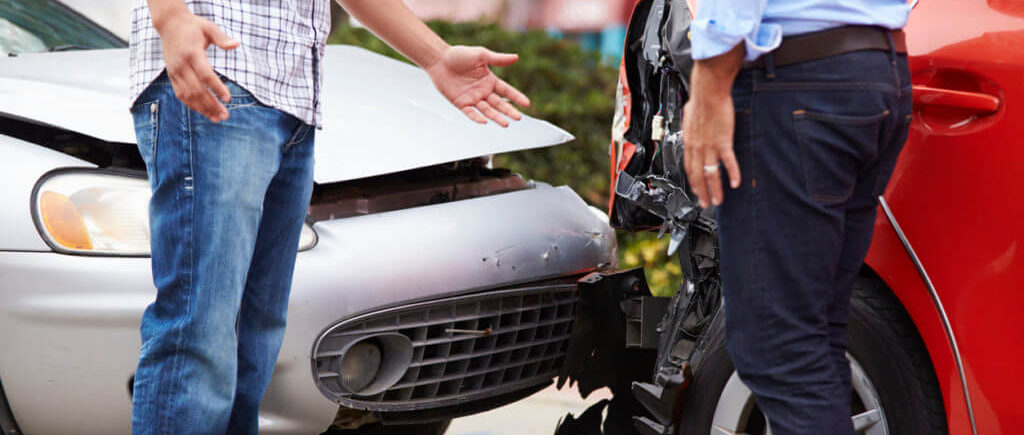Rear-end Collisions
According to the National Highway Traffic Safety Administration (NHTSA), rear-end collisions occur most frequently nationwide. They are responsible for 29% of all car accidents and they can cause injuries. However, they are usually less disastrous because the driver of the vehicle is further from the impact.
They usually catch drivers by surprise and are sometimes impossible to avoid. When you are injured in this type of accident, you could lose wages or suffer a substantial amount of medical bills.

Common injuries in a rear-end collision
The injuries resulting from a rear-end collision can range from mild to severe. Even people that were involved in a low-speed collision can suffer injuries. Injuries include headaches, back pain, whiplash, broken bones, and more. In 2019, rear-end collisions took up 7.1% of fatal accidents in the U.S.
It is important to document your injuries when injured in an accident and have a record of medical bills.
Common causes of a rear-end collision
In most rear-end collisions, the approaching driver is usually distracted and is not paying attention to the traffic around them. This driver is usually not looking ahead and is not aware of the lead vehicle’s speed or distance from them.
If the lead vehicle is at fault, the main causes are the driver coming to a complete stop, deceleration, or the driver traveling at a slower speed than the approaching vehicle.
When the approaching vehicle is at fault, negligence is usually the leading factor. These causes include reckless driving, speeding, drowsy, or drunk driving. Approaching drivers can also experience brake failure or be driving in slippery conditions, resulting in a rear-
end collision.
Who is at fault for the accident?
In this type of collision, the “approaching vehicle” is usually at fault. There are states that enforce a law that places fault on the approaching driver for distracted driving or following another vehicle too close behind.
There are certain situations in which the lead driver can be at fault for a rear-end accident. For example, if a vehicle merges or turns without providing a signal or adequate space, they can be at fault. However, these situations are less common and can be difficult to prove.
What to do if you are injured in a rear-end collision
If you are unsure of who is at fault or don’t know what to do if you are injured, it is important to get in contact with an attorney. They will be able to clarify your situation and can help you get compensation if you qualify. You might be able to receive compensation for lost wages, medical bills, and vehicle damage.
Get in contact with the Accident Injury Legal Center to find an attorney that is qualified to help you with your case.
